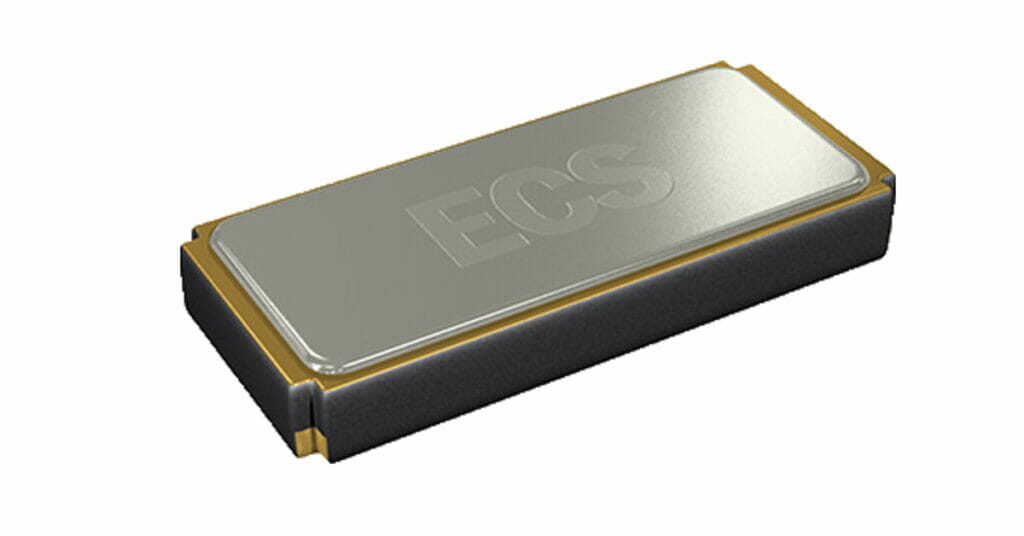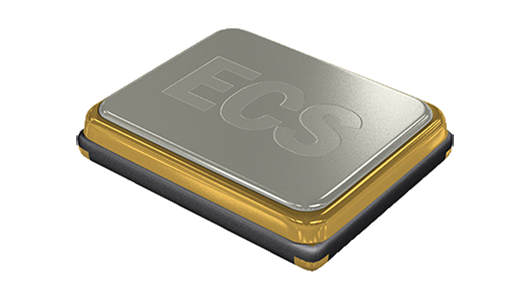
Why Do Engineers Calculate the PPM Shift in Crystals + RTC’s?
In short, the key factor is “time”.
Tuning fork watch crystals serve as the bridge between human timekeeping and the digital realm, accurately capturing day, date and time events in real-time. Their selection of a 32.768 kHz frequency, divided by 2 fifteen times to achieve 1 Hz, precisely mirrors the passage of one second, seamlessly integrating analog and digital timekeeping.
Their unique design, inspired by traditional musical tuning forks, marries low frequency with compact form factor. Operating at a 32.768 kHz frequency, these crystals have a frequency tolerance measured in ± ppm. Yet, their stability adheres to a parabolic curve, owing to the temperature coefficient of frequency (TCF) inherent in tuning forks. This parabolic temperature curve is pivotal for predicting frequency drift across temperature changes as well as understanding and predicting its frequency drift across the operational temperature ranges.
If you know the ppm drift at a given temperature, you can calculate the loss in time accuracy. Frequency error can be utilized to integrate temperature compensation circuits, effectively mitigating the influence of temperature fluctuations on the overall frequency stability of tuning forks.

Understanding the parabolic temperature curve of a tuning fork is essential for designing a clock that is accurate across a given temperature range. By calculating the ppm shift of a tuning fork, engineers can predict the drift expected in application across a range of operating temperatures.
To calculate the ppm shift of a crystal or RTC, we need the follow:
1. Select crystal tolerance from the datasheet.
2. Enter the operating temperature, in degrees Celsius, that you want stability and time data for.
The results:
Design engineers now have the ability to calculate stability ppm and temperature + stability ppm shift over temperature. By knowing the ppm drift, you will have a prediction of worst-case time lost shown in the calculation results. This will show how accurate the system is over time.
Other Compensated Frequency Control Options:
If the time keeping from uncompensated crystals isn’t sufficient, consider a 32.768 kHz TCXO or RTC with an integrated TCXO, offering ±3.5 ppm or ±5 ppm stability.

Need help determining an estimate for board resistance? ECS Inc. provides engineering support to ensure your product is ready for your innovative use case.
Browse Products
32.768 kHz Tuning Fork Crystals
TCXOs
Real Time Clocks (RTC)


